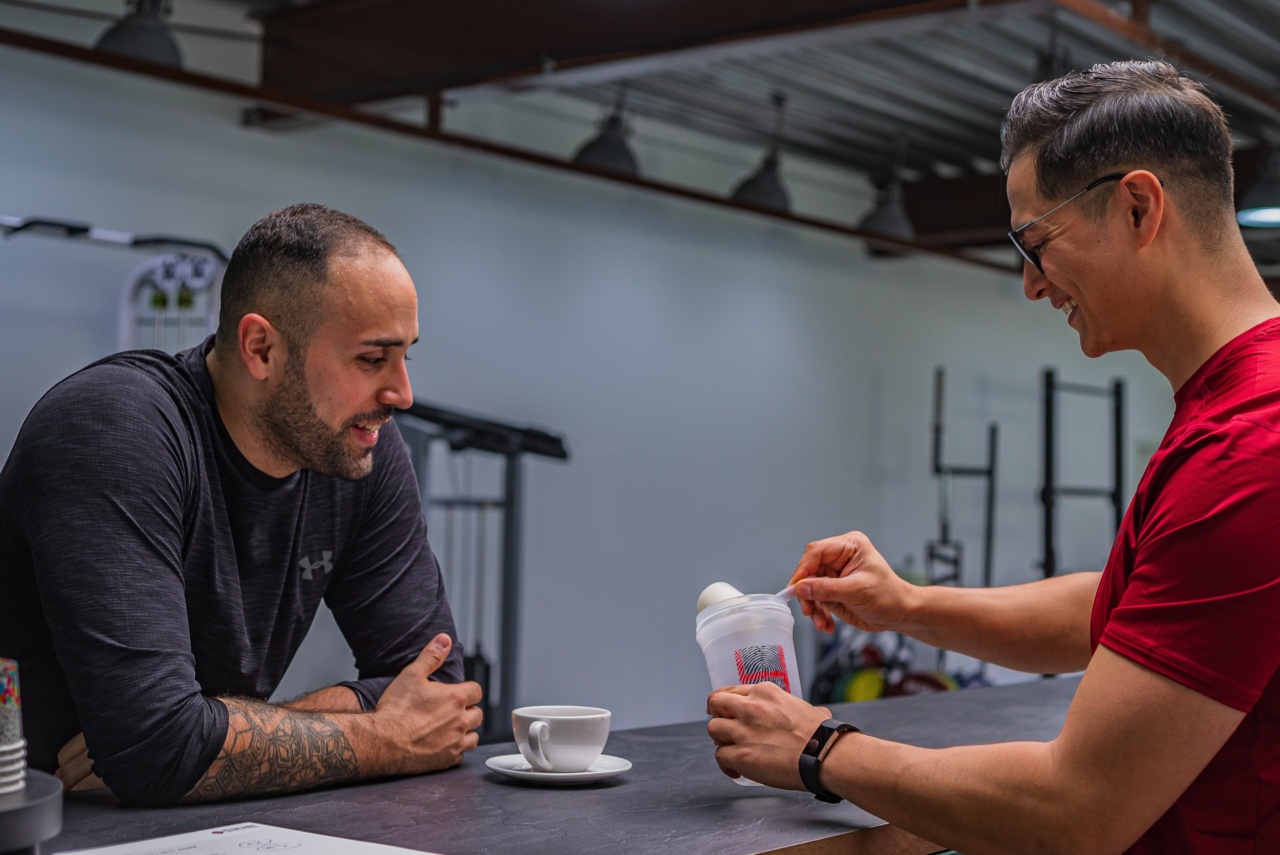Strength training, also known as resistance training or weightlifting, is a popular form of exercise that involves the use of resistance to build strength, endurance, and the size of skeletal muscles.
It has numerous benefits for overall health and fitness, including improved bone density, increased metabolism, enhanced muscular strength, and enhanced athletic performance.
The Importance of Protein in Strength Training
When it comes to strength training, protein plays a vital role in the repair, maintenance, and growth of muscles. Protein is made up of amino acids, which are the building blocks of muscle tissue.
During strength training, small damages occur in muscle fibers, leading to muscle protein breakdown. Protein intake post-workout is crucial to support the repair and rebuilding of muscle tissue.
Consuming an adequate amount of protein after strength training can help maximize muscle protein synthesis, which is the process by which cells build new proteins to repair and strengthen muscle fibers.
Protein also helps to prevent muscle protein breakdown, leading to a positive balance between muscle protein synthesis and breakdown. This process is known as muscle protein turnover.
Recommended Protein Intake for Strength Training
The ideal protein intake after strength training can vary depending on various factors such as body weight, training intensity, training frequency, and individual goals.
The International Society of Sports Nutrition (ISSN) and the Academy of Nutrition and Dietetics recommend the following protein intake guidelines for individuals engaged in regular strength training:.
1. General Recommendation
For most adults, consuming approximately 0.6-0.9 grams of protein per pound of body weight per day is sufficient to meet their protein needs for overall health and fitness.
This recommendation applies to individuals engaged in moderate-intensity strength training.
2. Strength and Power Athletes
For strength and power athletes, especially those involved in intense weightlifting or bodybuilding, a higher protein intake may be necessary to support muscle repair and growth.
The ISSN recommends consuming between 0.6-0.9 grams of protein per pound of body weight per day for this population.
3. Endurance Athletes
Endurance athletes who also engage in strength training may have slightly higher protein requirements. The ISSN recommends a protein intake of 1.2-1.4 grams per pound of body weight per day for endurance athletes.
4. Older Adults
Older adults, especially those over the age of 65, may benefit from a slightly higher protein intake to counteract age-related muscle loss and promote muscle strength and function.
The ISSN recommends a protein intake of 0.7-0.9 grams per pound of body weight per day for older adults engaged in strength training.
Timing of Protein Intake
In addition to the amount of protein consumed, the timing of protein intake is also essential for optimal muscle recovery and growth. It is recommended to consume protein within 30 minutes to two hours after strength training.
This window of opportunity is known as the “anabolic window” when muscles are more receptive to nutrient uptake.
Some individuals may also benefit from consuming a small amount of protein before strength training to provide amino acids for muscle maintenance and reduce muscle protein breakdown during exercise.
Dietary Sources of Protein
Meeting protein intake goals after strength training can be achieved through a balanced diet containing various sources of protein. Good sources of protein include:.
1. Lean Meats and Poultry
Chicken, turkey, lean beef, and pork are excellent sources of high-quality protein. Opt for lean cuts of meat to reduce intake of saturated fats.
2. Fish and Seafood
Fish such as salmon, tuna, trout, and sardines are rich in protein and also provide omega-3 fatty acids, which have anti-inflammatory benefits and support overall health.
3. Eggs
Eggs are a complete source of protein, containing all essential amino acids. They are also versatile and can be incorporated into various dishes.
4. Dairy Products
Milk, yogurt, cheese, and cottage cheese are excellent sources of protein, particularly whey protein, which is rapidly absorbed by the body.
5. Plant-Based Protein Sources
For vegetarians and vegans, plant-based protein sources such as legumes (beans, lentils, chickpeas), tofu, tempeh, seitan, quinoa, and plant-based protein powders (pea protein, hemp protein) can be included in the diet.
Conclusion
Protein intake is a crucial component of a well-balanced diet, especially for individuals engaged in strength training. Consuming an adequate amount of protein after strength training can support muscle repair, growth, and overall recovery.
The recommended protein intake for individuals involved in regular strength training ranges from 0.6-0.9 grams per pound of body weight per day. It is also important to prioritize the timing of protein intake, consuming protein within 30 minutes to two hours after strength training.
By incorporating protein-rich foods into the diet, individuals can maximize their strength training outcomes and support their overall fitness goals.





























